Mr. Tran Vo Anh Minh, Deputy Head of the Urban Railway Management Department - Ho Chi Minh City Department of Construction, said that the Ben Thanh - Tham Luong metro line 2 has completed site clearance work, and the units are taking the final steps to relocate the electricity and water infrastructure in the areas where underground stations will be built.
The investor's goal is to create a completely clean site to hand over to the contractor before the start date.

Mr. Minh said that the Ben Thanh - Tham Luong metro line 2 is expected to start construction in April 2026. The total construction time is 57 months and it will officially come into operation in December 2030.
Before official operation, the train is expected to undergo a 3-month trial run, starting from September 2030.
The key milestones of this project are also specifically outlined by the investor. Accordingly, the bidding for the EPC package will be completed by March 2026.
Tunneling will be completed by April 2029; construction and system will be completed by April 2030.
Metro Line 2 Ben Thanh-Tham Luong has a total length of 62.17 km, with 42 stations. The total investment capital is about 54,000 billion VND; the project started phase 1 in 2019.
Phase 1 invests in the route from Ben Thanh - Tan Binh - Tham Luong Depot, 11.68 km long with 11 stations, including 9 underground stations and 2 elevated stations.
The expansion phase includes the East direction of Ben Thanh - Thu Thiem, 5.89 km long; the North direction of Tan Binh - An Suong bus station - Hoc Mon - Phu Cuong Bridge - Binh My Depot, 28.93 km long.
Hoc Mon - Cu Chi - Phuoc Hiep Depot branch line is 16.25 km long.
Tham Luong Depot will be shared by metro line 2 Ben Thanh - Tham Luong and metro line 6.

This metro line is designed with a maximum operating speed of 90/80 km/h, fully automatic operation. The first phase will develop 14 trains, each with 3 cars.
According to the investor's calculations, the expected daily passenger volume of metro line 2 Ben Thanh - Tham Luong in the first phase is 227,000 passengers during the initial operation period. During peak hours, the number of passengers passing through this line is about 11,856 passengers/hour.
According to Mr. Nguyen Vinh Toan, Deputy Director of the Department of Construction of Ho Chi Minh City, the urban railway network of Ho Chi Minh City after the merger has a total length of about 1012 km. Of which, the old Ho Chi Minh City area has 12 lines, about 582 km long.
Binh Duong area (old) has 12 routes about 305km long and 3 routes 125km long in Ba Ria - Vung Tau (old).
In addition, the nearly 42km-long Thu Thiem - Long Thanh railway line is being considered by the Prime Minister to be assigned to the Ho Chi Minh City People's Committee as the governing body, and will be added to the urban railway planning of Ho Chi Minh City and Dong Nai province.

After the special mechanism of Resolution No. 188, the time to carry out investment procedures for metro projects has been significantly shortened. Typically, the appointment of consulting contractors for metro line No. 2 has been reduced by at least 12 months compared to the previous international bidding method. In particular, the project has skipped the steps of establishing, appraising, and deciding on investment policies - reducing from 3-5 years, and the Feasibility Study Report has been prepared right away.
After starting construction of metro line 2 Ben Thanh - Tham Luong, Ho Chi Minh City strives to complete compensation, support, and resettlement work by 2027 and simultaneously start construction of 9 lines from the end of 2027, completing 355km by 2035.
By 2035, the urban railway will contribute to meeting 30-40% of people's travel needs by public transport.
After 2045, this rate will be 40 - 50%, contributing to the formation of a modern urban transport infrastructure system, with the "backbone" being the urban railway network system, contributing to reducing traffic congestion and developing green, sustainable and modern urban areas.
Currently, many private enterprise investors have boldly participated in investing in the urban railway system in Ho Chi Minh City; such as Vingroup investing in the urban railway connecting the center of Ho Chi Minh City to Can Gio district; Truong Hai and its partner Hyundai Rotem participating in investing and building metro line No. 2, Ben Thanh - Tham Luong section, Ben Thanh - Thu Thiem section and Thu Thiem - Long Thanh section. Or Sovico Group researching urban railway line No. 4 connecting Hoc Mon - Nha Be...
Source: https://baolangson.vn/du-kien-metro-ben-thanh-tham-luong-hoan-thanh-van-hanh-sau-1-700-ngay-thi-cong-5062883.html




![[Photo] General Secretary To Lam received the delegation attending the international conference on Vietnam studies](https://vphoto.vietnam.vn/thumb/1200x675/vietnam/resource/IMAGE/2025/10/26/1761456527874_a1-bnd-5260-7947-jpg.webp)

![[Photo] Prime Minister Pham Minh Chinh attends the opening of the 47th ASEAN Summit](https://vphoto.vietnam.vn/thumb/1200x675/vietnam/resource/IMAGE/2025/10/26/1761452925332_c2a-jpg.webp)
![[Photo] Enjoy the Liuyang Fireworks Festival in Hunan, China](https://vphoto.vietnam.vn/thumb/1200x675/vietnam/resource/IMAGE/2025/10/26/1761463428882_ndo_br_02-1-my-1-jpg.webp)
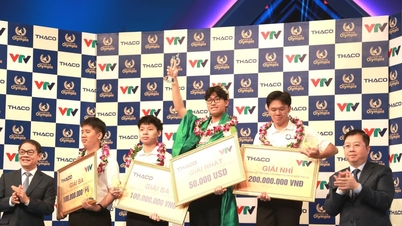

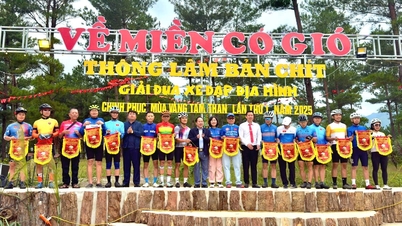



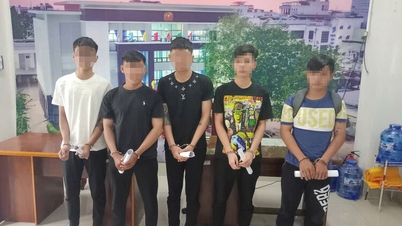

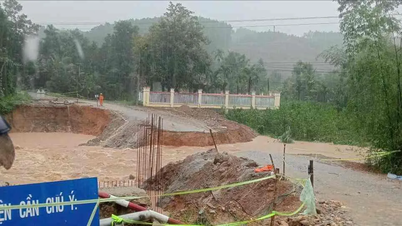

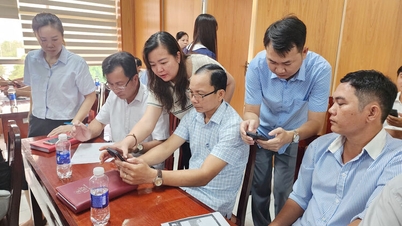





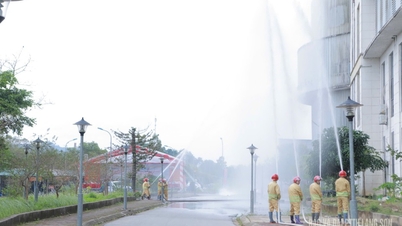


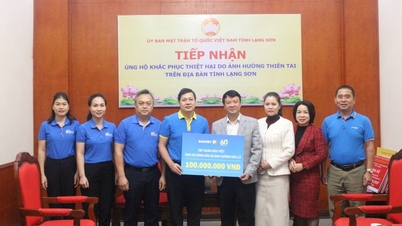

![[Photo] Prime Minister Pham Minh Chinh and United Nations Secretary-General Antonio Guterres attend the Press Conference of the Hanoi Convention Signing Ceremony](https://vphoto.vietnam.vn/thumb/1200x675/vietnam/resource/IMAGE/2025/10/25/1761391413866_conguoctt-jpg.webp)


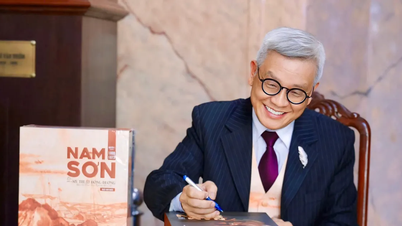






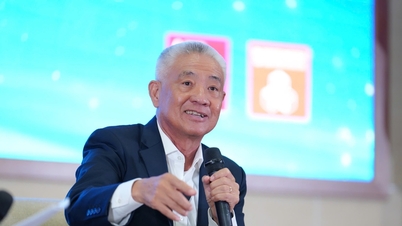

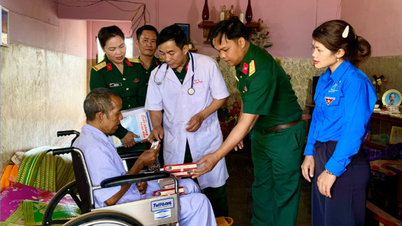























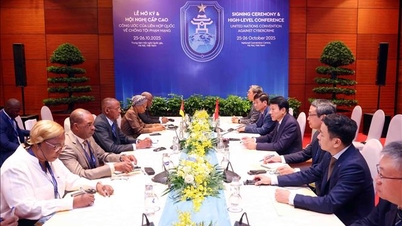

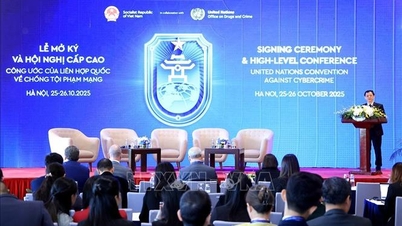


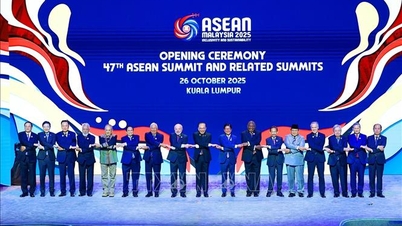
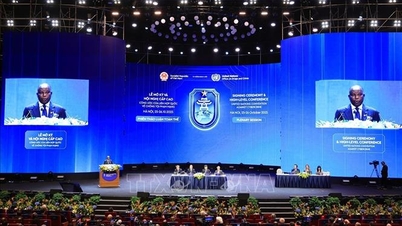


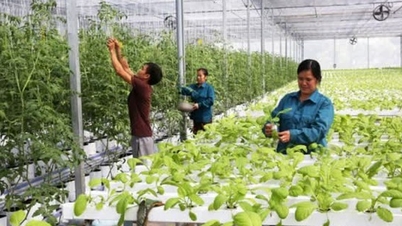


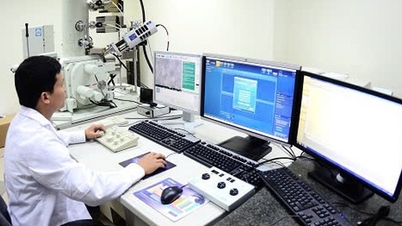
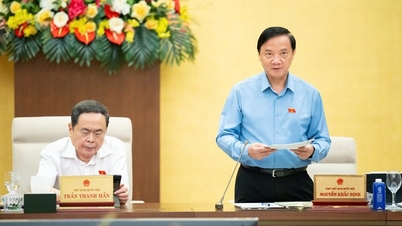
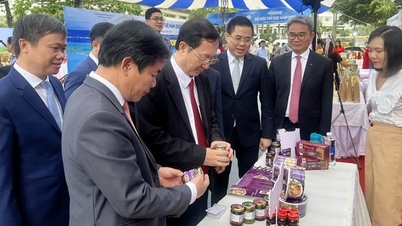
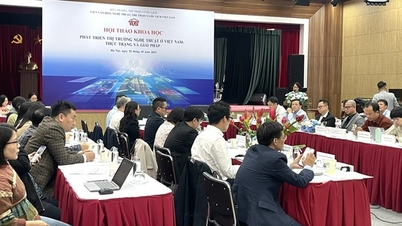

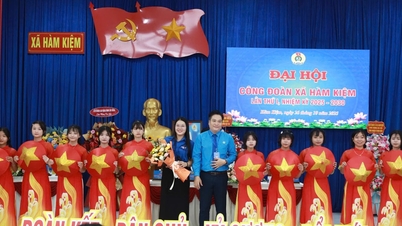

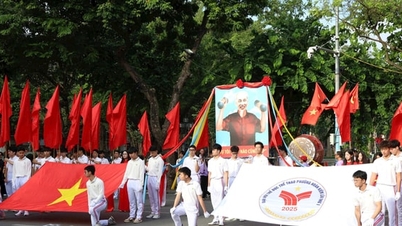

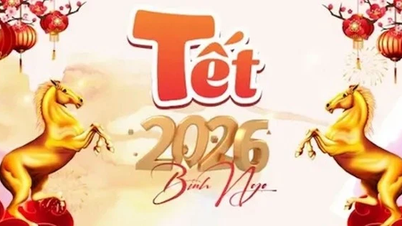

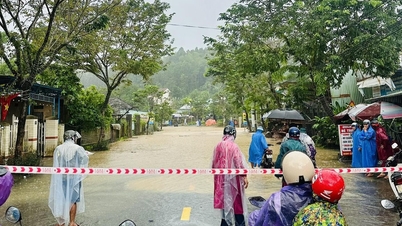


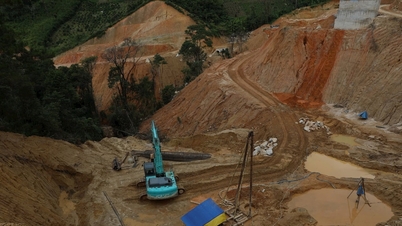














Comment (0)